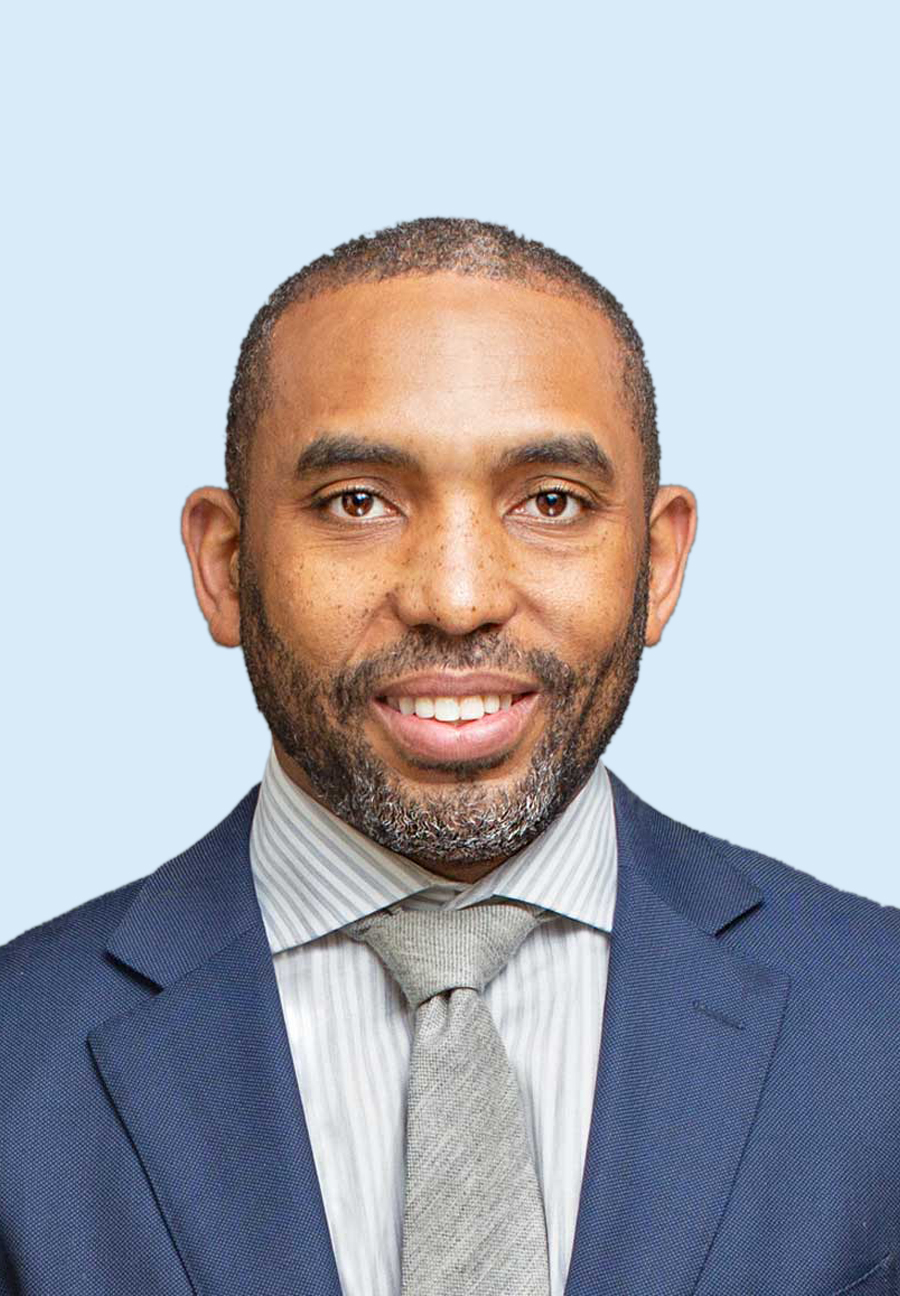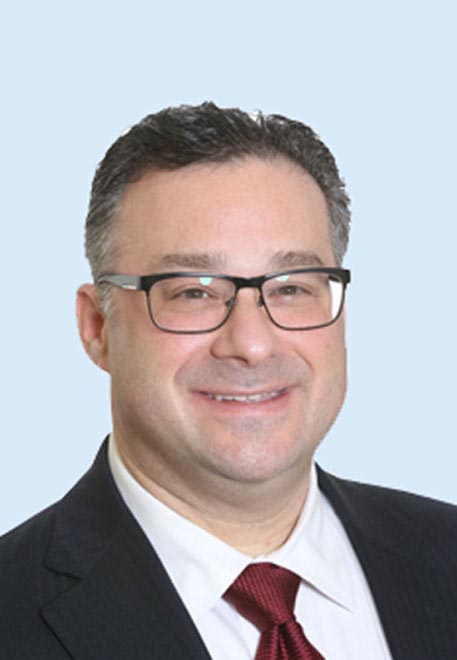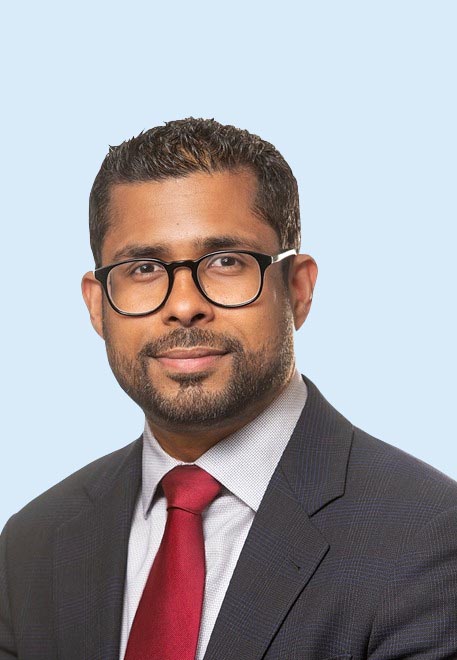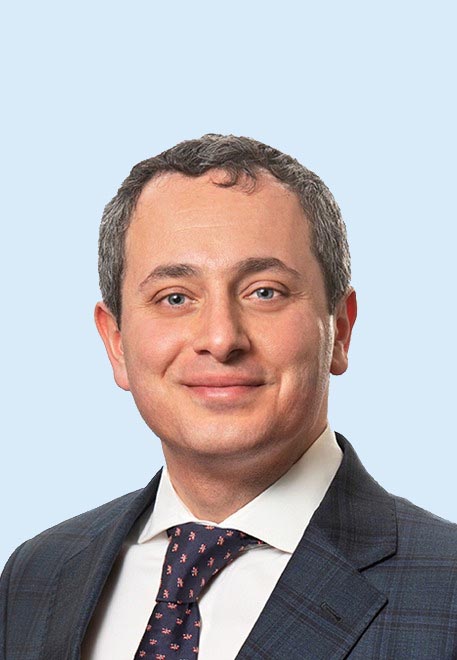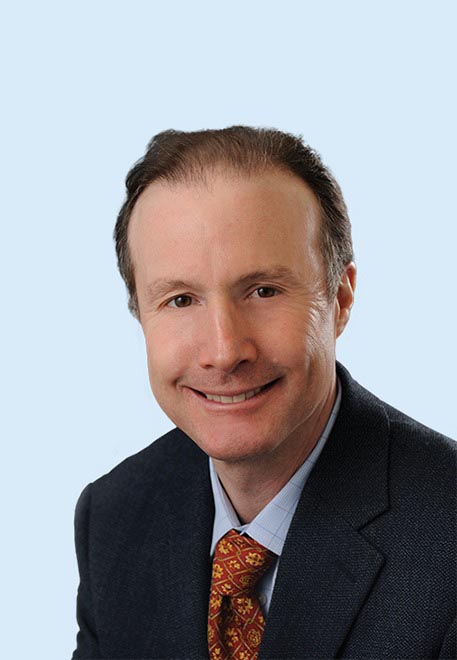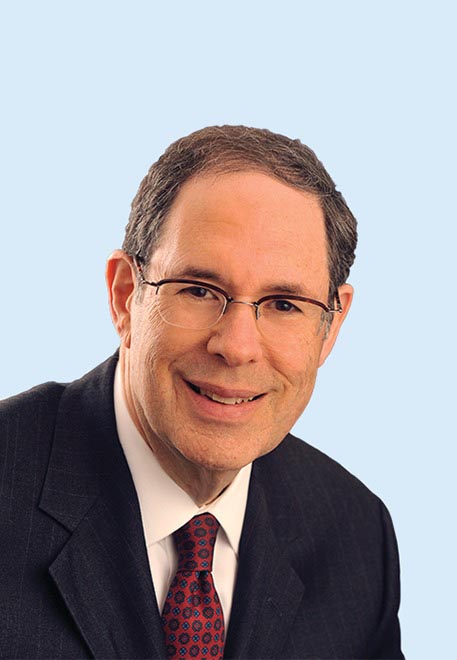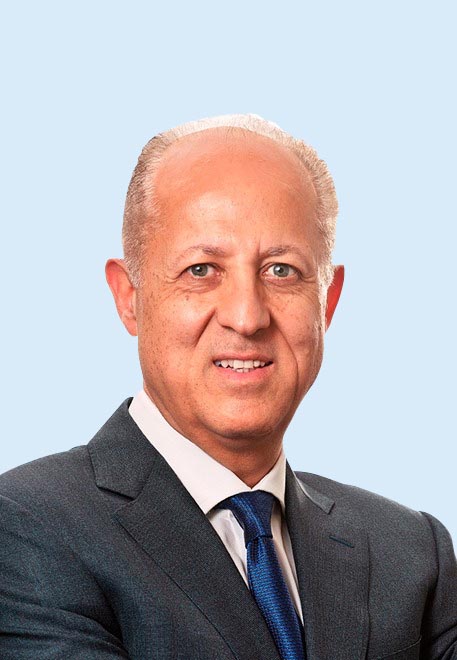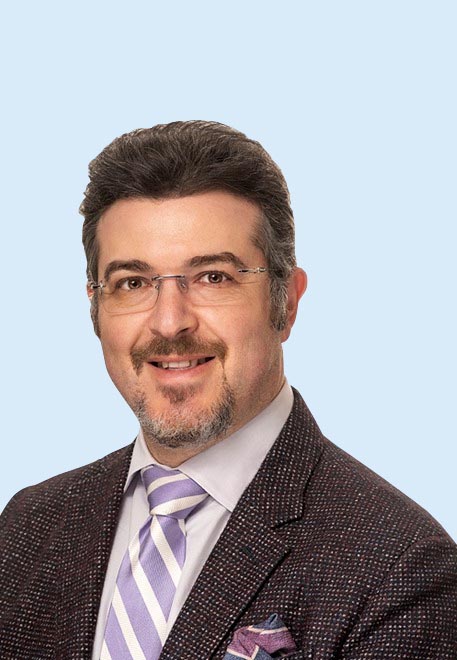- PATIENT FORMS | REQUEST A CONSULTATION | CONTACT US
- 1-844-NSPC-DOC
Scoliosis
What Is Scoliosis?
Take ActionWhat are the Symptoms of Scoliosis?
Some types of scoliosis have no known cause and are referred to as idiopathic scoliosis. One of the most common types of scoliosis occurs in adolescents and has no known cause. It is referred to as Adolescent Idiopathic Scoliosis. Scoliosis can be caused from everything from genetics to neuromuscular conditions and even injuries or bad posture.
Causes of scoliosis can include:
- Spina Bifida
- Cerebral Palsy
- Muscular Dystrophy
- Uneven length of legs
- Neurofibromatosis
- Marfan’s Syndrome
- Osteoporosis
- Injury
- Bad posture
- Connective tissue disorder
- Genetics
- Congenital Scoliosis
Depending on the severity and location of the scoliosis, along with the age of the patient, symptoms can vary greatly. Common symptoms are back pain, the head being off center, uneven legs, uneven shoulder blades, asymmetrical rib cage, clothes not hanging on the body properly, or leaning to one side when standing and walking.
More serious symptoms can occur if scoliosis goes untreated. Though rare, these symptoms are decreased ability to exercise, respiratory deficiencies, and chronic debilitating pain. Lung and heart function can also become impaired if the patient has long-standing untreated scoliosis.
In cases of pediatric scoliosis, babies born with the condition usually show signs by having a bulge in their chest. They will also often looked curved when lying on their sides. In more extreme cases of infant scoliosis, there is the possibility of the heart and lungs not functioning properly, causing respiratory problems and chest pains.
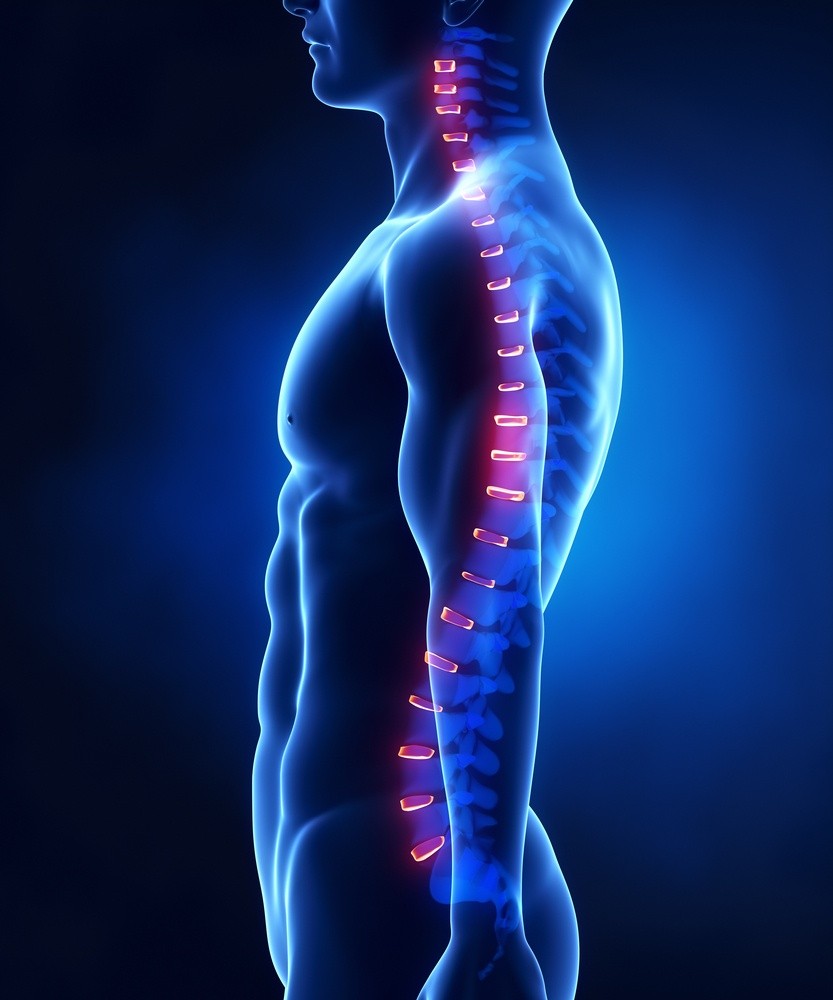

What Causes Scoliosis?
Some types of scoliosis have no known cause and are referred to as idiopathic scoliosis. One of the most common types of scoliosis occurs in adolescents and has no known cause. It is referred to as Adolescent Idiopathic Scoliosis. Scoliosis can be caused by everything from genetics to neuromuscular conditions and even injuries or bad posture.
Causes of scoliosis can include:
- Spina Bifida
- Cerebral Palsy
- Muscular Dystrophy
- Uneven length of legs
- Neurofibromatosis
- Marfan’s Syndrome
- Osteoporosis
- Injury
- Bad posture
- Connective tissue disorder
- Genetics
- Congenital Scoliosis
Cutting-Edge Scoliosis Treatments in the Long Island Area
A small number of scoliosis patients may require surgery. If you have attempted to fix or ease your scoliosis problems without success, come in for a consultation at our New York area clinics. Our multi-disciplinary team of neurosurgeons, doctors and physicians here at NSPC Brain & Spine Surgery (NSPC) (NSPC) can help ease your chronic condition with advanced scoliosis treatments.
Our Specialists
We have scoliosis specialists to help guide you through the right treatment for you. If you are considering surgery to straighten your spine, our spine surgeons can discuss minimally invasive spine surgery techniques to give you a better life.If you are in the Long Island, NY, area and are suffering, contact us today.
Our team can help you with everything from infant to adult degenerative scoliosis problems. Let us help you with your chronic scoliosis problems.
What Is Degenerative Scoliosis?
Degenerative scoliosis, also known as adult-onset scoliosis, is a type of lateral curvature of the spine that develops in older adults. Mainly due to the degeneration of the spinal discs, facet joints, and other spinal structures. Degenerative scoliosis tends to develop later in life, usually after age 50.
Causes and Symptoms of Degenerative Scoliosis
Although untreated or undiagnosed adolescent scoliosis can lead to scoliosis in adult life, degenerative scoliosis has several predominant causes:
- Deterioration of the spine. Facet joints link the spine vertebrae. If they degrade, your spine can shift causing a sideways curvature. Spinal stenosis is a shrinking of the spinal canal. If bone spurs or other abnormalities reduce the space in the canal, the pressure on the nerves can lead to leg pain and numbness. Lumbar stenosis is a condition located in the lowest five vertebrae of the spine.
- Secondary symptom of another disease. Osteoporosis (a loss of bone mass) or osteomalacia (bone softening) can cause a shift in the spine, producing a sideways bend.
- Post-Surgical Scoliosis. Rarely, degenerative scoliosis can be brought on by surgery for an unrelated disease or condition.
Along with the slow onset of back pain, other symptoms may be present:
- Pain intensifies in the early morning and later in the day.
- Standing or walking for a protracted period of time increases back and leg pain.
- Bowel or bladder problems may indicate significant nerve damage.
- Sitting down lessens the stress on the joints and diminishes the pain.
Treatments for Degenerative Scoliosis
Non-surgical treatments attempt to minimize pain and increase the range of motion. A variety of other treatment options may be recommended before surgery:
- Therapy to strengthen muscles and increase flexibility.
- Medications such as NSAIDs (nonsteroidal anti-inflammatory drugs) to give pain relief and alleviate symptoms.
- Bracing may also provide pain relief. Instead of the corrective bracing used for adolescent scoliosis, corset-style bracing for adults may straighten and immobilize the spine for pain alleviation.
- Epidural Injections may control symptoms, but they are not a cure.
Lumbar Decompression Surgery
Lumbar Decompression Surgery in combination with spinal fusion is one type of neurosurgery to correct degenerative scoliosis. Your surgeon alleviates the damaging pressure caused by a degenerated disc or bone spur.
- AxiaLIF® (Axial Lumbar Interbody Fusion) This technique allows your spine surgery to excise the damaged or diseased bone in the spine and replace with a rod to provide stability to the lower back.
- ALIF: Anterior Lumbar Interbody Fusion During this procedure, first-rate surgeons remove the diseased or damaged disc and implant a metal cage in the space. Spinal fusion for scoliosis fuses two or more vertebrae, thus preventing the spine from curving. A piece of bone (from another area, a bone transplant bank or a synthetic bone) is employed to graft two vertebrae together to limit movement and decrease pain.
You can rest assured knowing that NSPC has world-class neurosurgeons to provide excellent degenerative scoliosis treatment options, conveniently located in New York state. Although our headquarters are on Long Island, we routinely treat patients from across the tri-state area.
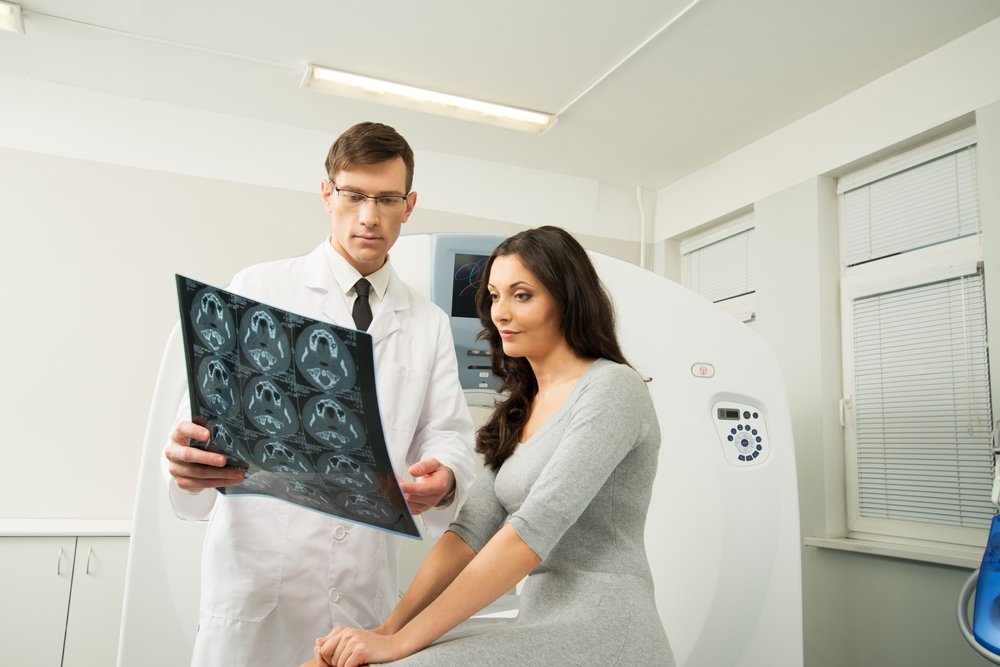
Related NSPC Center
Long Island Brain and Spine Tumor Center
NSPC provides state-of-the-art treatment of benign and malignant brain and spine tumors, using minimally invasive procedures like Gamma Knife®, Novalis TX™, and CyberKnife® rather than major surgery whenever appropriate. Our physicians also perform experienced pediatric neurosurgery — they give personalized, individual attention combined with knowledge and experience to take on the most challenging of cases.
Physicians
Connect With Our 7 Convenient Locations
across Long Island, NY
Our expert physicians, surgeons and doctors are ready to serve you at our 7 convenient locations across Long Island, NY. Connect today to learn how our award winning, world class experts can help.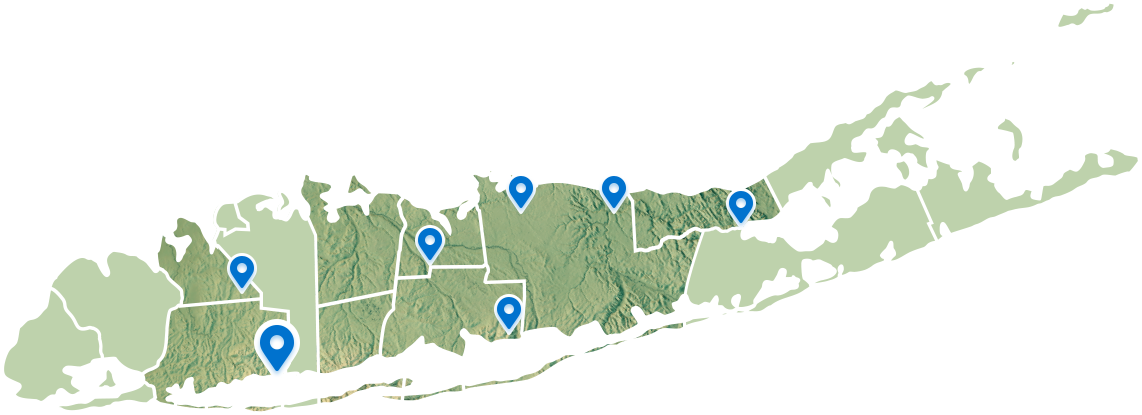
4250 Hempstead Turnpike Suite 4,
Bethpage, NY 11714
(516) 605-2720
COMMACK
353 Veterans Memorial Hwy,
Commack, NY 11725
(631) 864-3900
One Hollow Lane, Suite 212
Lake Success, NY 11042
(516) 442-2250
MANHATTAN
215 E. 77th Street Ground Floor
New York, NY 10075
(646) 809-4719
EAST SETAUKET
226 North Belle Mead Road, Suite C
East Setauket, NY 11733
(631) 828-3001
100 Merrick Road, Suite 128W
Rockville Centre, NY 11570
(516) 255-9031
WEST ISLIP
500 Montauk Hwy
West Islip, NY 11795
(631) 983-8400
World
Class
Expertise
For over 50 years & 350,000 patients NSPC has been a trusted global medical leader.
Contact us today for an appointment or consultation.

